This website uses cookies so that we can provide you with the best user experience possible. Cookie information is stored in your browser and performs functions such as recognising you when you return to our website and helping our team to understand which sections of the website you find most interesting and useful.
Austrian wine regions show their range at blind-tasted competition
Austria’s breadth of winemaking has been proven at db‘s recent competitions, demonstrating quality across the map and a flexible approach.
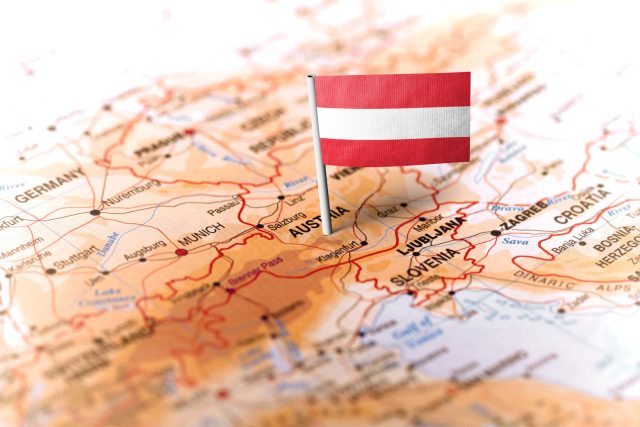
Forgive the French: terroir is the current narrative for Austria. Where export markets once skimmed over the central European nation’s wines, they now have a wide selection of Austrian wine regions to pick from, each with a distinct identity.
The legal framework provides many opportunities for producers, as the Qualitätswein system allows flexibility. Districtus Austriae Controllatus (DAC) regions have the most specific regulations. Each will have its own list of approved varieties and wine styles to promote a recognisable regional style. At the same quality level, generic Qualitätswein production covers a broad area and allows 40 varieties, individually or blended. Quite a few winegrowers, however, choose not to operate under a Qualitätswein appellation, instead choosing the freedom of sitting outside that hierarchy.
As a further development, some regions are now beginning to classify each vineyard, or Ried (the term in Austrian German). In fact, last August Austria approved an official nationwide vineyard classification system that allows the best single sites to become Erste Lage (premier cru) or Grosse Lage (grand cru).
The focus on regional identity is paying off. Austria announced its best ever year for exports in March 2023. The Qualitätswein sector rose 7.9% in value compared to the previous year, proving an appetite for the country’s top bottles.
Moreover, the wines continue to succeed at international competitions. Below, db highlights some of those that thrived at the drinks business Autumn Tasting 2023, under a snapshot of the region they represent. Spanning a range of grapes, as well as both generic and DAC Qualitätswein bottles, it is proof of the variety Austrian wine regions have to offer. Patricia Stefanowicz MW and Siobhan Turner MW provide tasting notes.
Niederösterreich
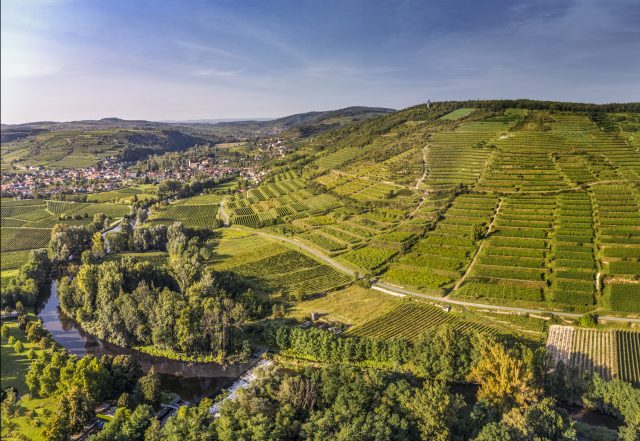
This generic Austrian wine region covers a huge area (most of the northeast of the country) including DAC regions such as Weinviertel, Wachau and Carnuntum (below). The broad regulations and variety of terroirs mean that producers can experiment with styles and express themselves freely.
Weingut Kurt Angerer makes examples of flagship grapes Grüner Veltliner and Riesling to the northwest of Vienna, in an area also known for Kamptal DAC. Mayr, on the other hand, presents a rare example of native grape Roter Veltliner, grown in a single vineyard. This site, Ried Hüttenthal, covers 6.4ha at an elevation of around 300m.
Kurt Angerer Grüner Veltliner Unfiltered
- Producer: Kurt Angerer
- Region: Niederösterreich
- Grape variety: 100% Grüner Veltliner
- Abv: 14.5%
- Vintage: 2021
- Medal: Master
Produced from a number of specific vineyard sites with loess soils, this wine is a powerful Grüner Veltliner with smoky oak and bold yellow plum, pineapple and apricot fruits. The vibrant flavours are accented by white pepper and herbal notes, and the wine has full body and good freshness. Well-balanced, beautifully textured and lingering on the palate, the wine will pair nicely with Italian vegetarian dishes, such as cardoon parmigiana. PS
Kurt Angerer Riesling ‘Essence’
- Producer: Kurt Angerer
- Region: Niederösterreich
- Grape variety: 100% Riesling
- Abv: 13.5%
- Vintage: 2022
- Medal: Gold
From calcareous clay soils, this expressive wine has been aged in oak to add texture and weight. Pale lemon-green colour, this wine has green and yellow apples and rhubarb accented by kitchen spices. The palate is dry, showing medium body, bracing acidity and high extract with excellent definition and length. The sappy, mineral character suggests pairing with light fish, such as rainbow trout or Dover sole in a simple meunière sauce. PS
Mayr Roter Veltliner ‘Manus’
- Producer: Mayr
- Region: Niederösterreich
- Grape Variety: Roter Veltliner
- ABV: 14%
- Vintage: 2021
- Medal: Gold
On the nose this is pure and exciting, with pineapple, mango and vanilla pods enlivened by a touch of citrus zest. The palate is intense and textured, with the citrus more evident, giving a tangy freshness. There is a refreshing, minerality on the finish that makes this quite a more-ish wine, with lovely vibrancy. Serve with grilled sardines or mackerel, or with pork roasted with whole garlic cloves and apples. ST
Carnuntum DAC
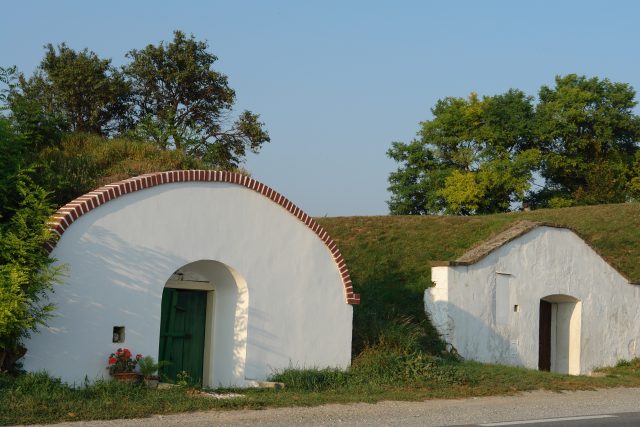
As the Latin name might imply, Carnuntum’s winegrowing heritage dates back to the Romans. Set within the generic Niederösterreich region, it extends south of Vienna to the Slovakian border. Though larger than Kamptal, it has just 822ha under vine, with Zweigelt its most widely planted grape.
Weingut Franz & Christine Netzl produces Carnuntum DAC wine in the Erste Lage Bärnreiser vineyard. The vineyard is recognised for its quartz gravel soils that enable deep rooting plants.
Franz & Christine Netzl Cuvée Ried Bärnreiser ‘Anna-Christina 1ÖTW’
- Producer: Franz & Christine Netzl
- Region: Carnuntum DAC
- Grape Variety: Zweigelt, Merlot, Cabernet Sauvignon
- ABV: 14%
- Vintage: 2019
- Medal: Gold
If you are looking for a reasonably priced alternative to top Bordeaux, this Erste Lage wine should be on your radar. The nose has bright red berry and dark plum fruit with touches of clove, nutmeg and cinnamon. On the palate the oak is beautifully integrated, adding structure and class. Tannins are firm but very polished and classy, and this is a wine with balance, length and finesse. Drink now with roast lamb, or keep for 10+ years. ST
Neusiedlersee DAC
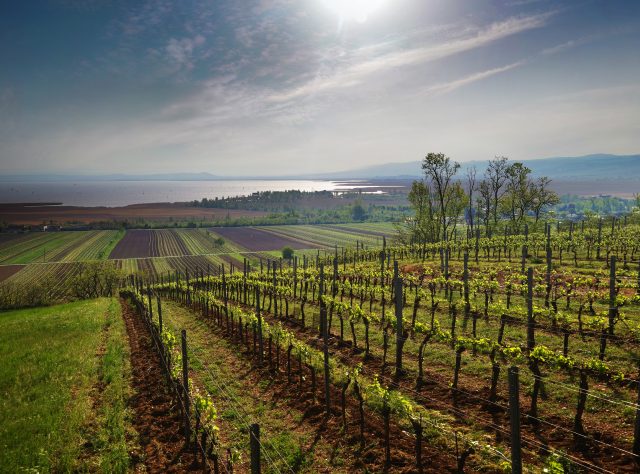
This region wraps the eastern shores of Lake Neusiedl, Austria’s largest body of water, extending to the Hungarian and Slovakian borders. The DAC, with 6,000ha under vine, allows production of Zweigelt and, since 2020, sweet wines from its vineyards.
Weingut Gebrüder Nittnaus makes a Beerenauslese sweet wine using Scheurebe. This variety, suited to dry and sweet wines, counts Riesling as one of its parents.
Gebrüder Nittnaus Neusiedlersee DAC Beerenauslese Reserve Scheurebe
- Producer: Gebrüder Nittnaus
- Region: Neusiedlersee DAC
- Grape Variety: Scheurebe 100%
- ABV: 6.5%
- Vintage: 2020
- Medal: Master
The golden hue promises hedonistic pleasure, and delivers it. It is, however, much more than the succulent sweetness. The juicy pineapple and citrus fruit is pure, with the botrytis adding spicy ginger notes. The acid is elegant, beautifully integrated, and brings a freshness that belies the 170g/l of residual sugar. The wine is long and luscious, and while perfectly matched to an apple tart or crème brûlée, I would be loathe to pigeonhole this simply into the “dessert” category. I would love to try it with Cantonese cuisine, where it will find a textural and flavour partnership that brings joy to your mouth and soul. ST
Vulkanland Steiermark DAC
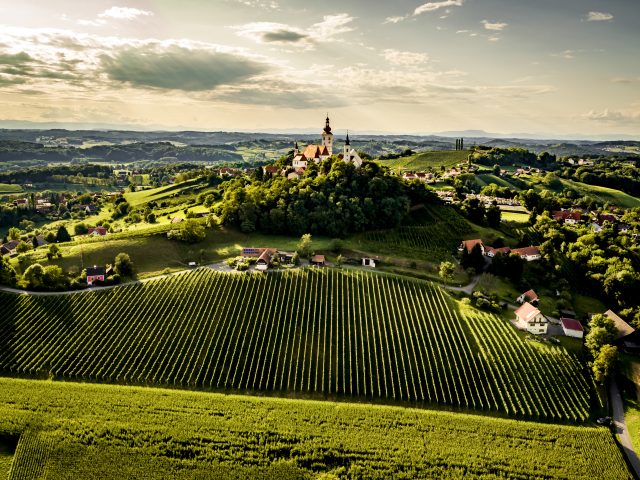
The clue is in the name: this DAC, one of the southernmost Austrian wine regions, is known for its landscape of extinct volcanoes. The DAC allows production from several varieties, including international favourites Chardonnay and Sauvignon Blanc.
Krispel produces Vulkanland Steiermark DAC Weissburgunder (Pinot Blanc) in a single vineyard near the Slovenian border. They previously won Master medals for their Grauburgunder (Pinot Gris) and Sauvignon Blanc at db’s Spring Tasting.
Krispel Vulkanland Steiermark DAC Pinot Blanc Ried Neusetzberg
- Producer: Weingut Krispel
- Region: Vulkanland Steiermark
- Country: Austria
- Grape variety: 100% Pinot Blanc
- Abv: 13.0%
- Vintage: 2020
- Medal: Gold
Pale lemon coloured, the wine shows ripe orchard fruits and ‘posh’ toasty oak. The palate is medium-bodied with refreshing acidity and noticeable creamy lees balancing the well-defined flavours. A lingering finish and lovely texture suggest a pairing with Wiener Schnitzel, or chicken breasts with a Thai-inspired sweet red pepper sauce. PS

